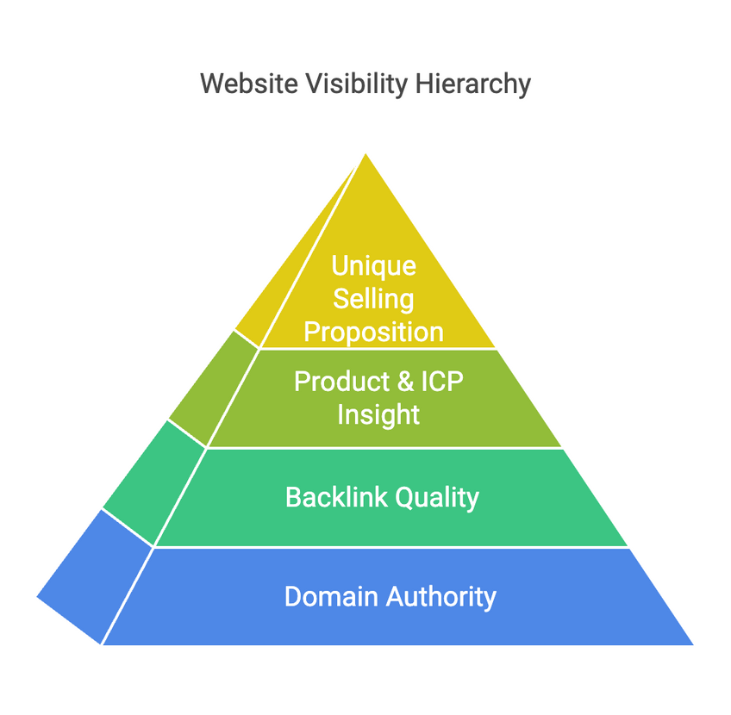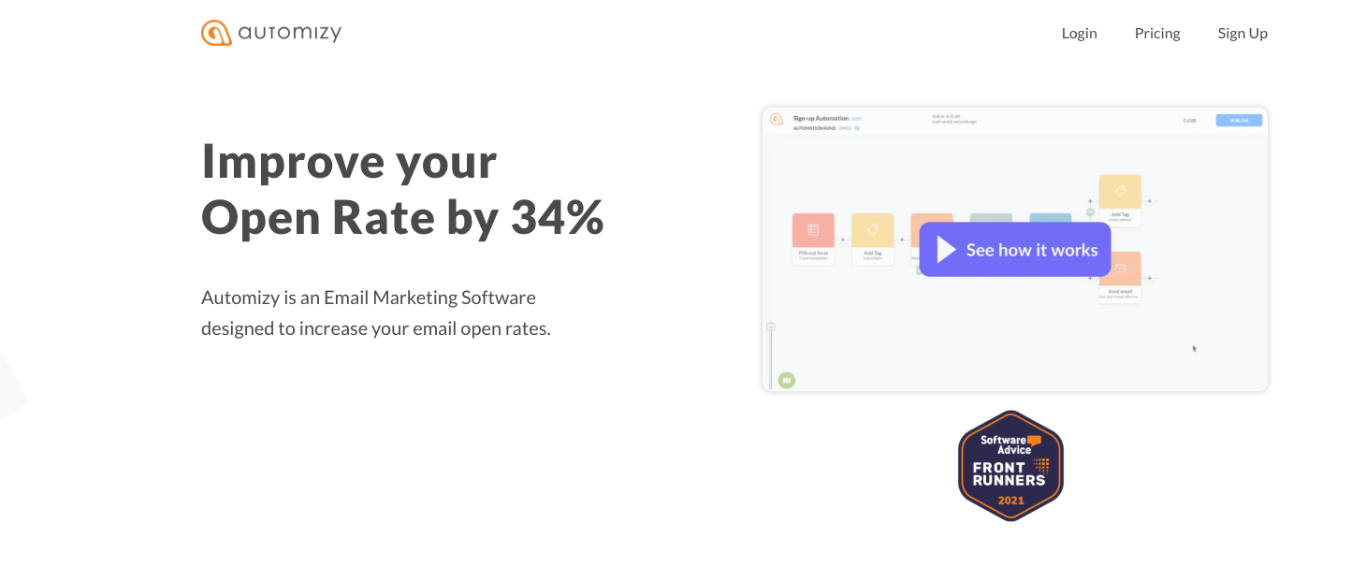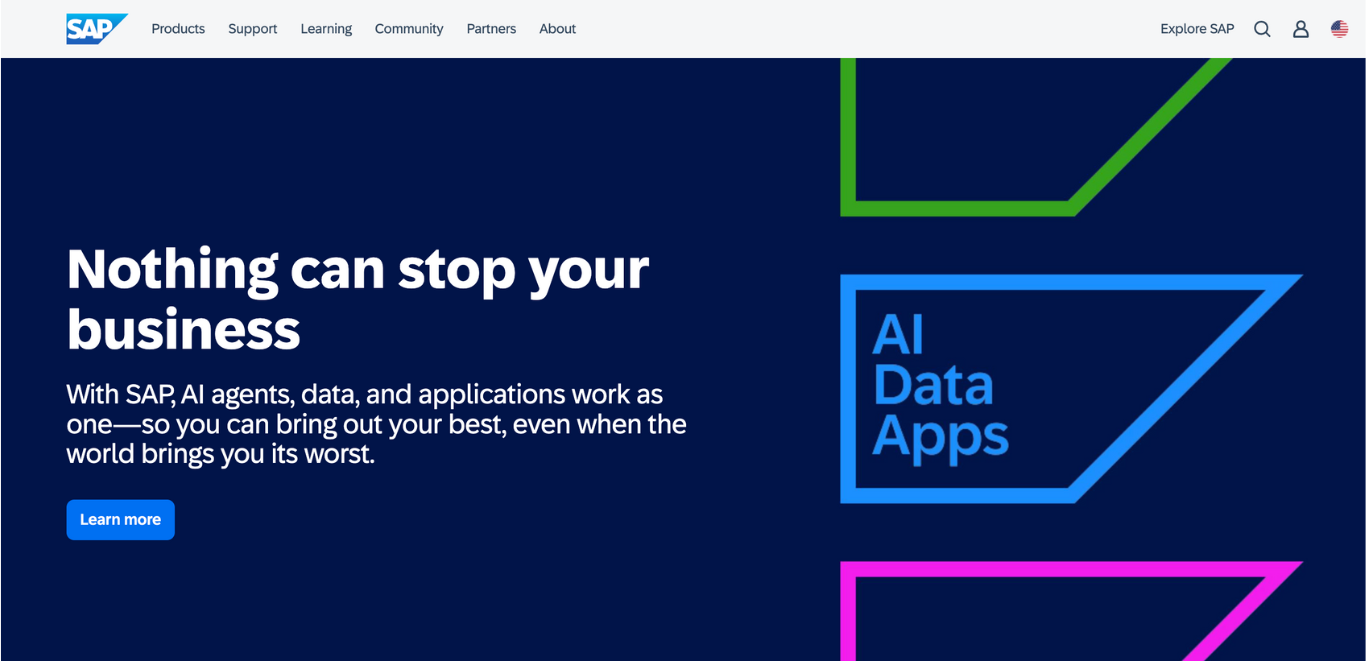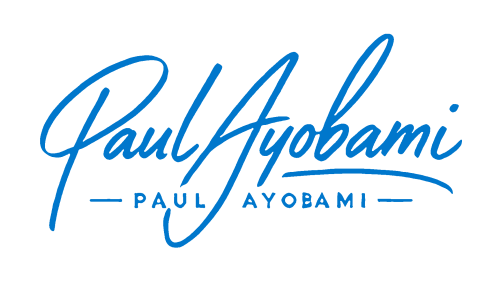Digital Marketing Partner for Early-Stage Tech startups, SMEs and Solopreneurs
How to clarify your brand messaging and build a framework that drives conversion as a B2B tech startup (2025)
A few weeks ago, I received something I would call a “distress message” from a tech founder. They have recently launched their website and hired an SEO guru who promised them instant organic traffic and conversion.
But six weeks later, they’re yet to land a single inquiry via their website. They needed my expertise, so I requested their website URL. I wanted to learn more about their products, ideal customer profiles (ICPs), and unique selling propositions. The site has zero domain authority and backlinks from irrelevant websites with poor domain ratings. But that’s not the priority for now.

The website is two-paged. The first page included everything about their product. It reads more like a technical white paper than a website copy. The second page was their “about us” page, which was literally about them – the founder’s impressive educational background and Silicon Valley experience. The team’s expertise and the board’s years of experience.
Before figuring out what they do, I had to treat the homepage like I was preparing for a technical writing exam. I bet no customer has that time when there are hundreds of competing products with similar or even better pricing.
Like these ambitious tech founders, many small businesses struggle with the same challenge.
In this guide, I will show you how to clarify your message and build a brand messaging framework that drives conversion
Key takeaways:
- Disconnected messaging leads to higher customer churn and lower conversion rates.
- A strong messaging framework aligns your team, builds trust, and differentiates your brand.
- Follow this 5-step process to create a messaging framework that works across channels and scales with your growth.
Why must you invest in a brand messaging framework for your B2B Tech?
According to the ROI Genome 2023 report, consistent brand messaging increases revenue by 23%. Yet many startups struggle with fragmented communication, leading to confusion, wasted resources, and missed opportunities.
Here’s how a strong messaging framework benefits B2B tech companies:
Communicate your value clearly
Don’t bury decision-makers in buzzwords or technical jargon that forces them to guess how your product helps. Instead of saying “leverages advanced machine learning,” say “reduces manual processing time by 25%.”
Automizy is a good example of a B2B tech company that adopts clear brand messaging

Avoid vague claims like “improves efficiency” without explaining how.
People don’t want to be impressed by your vocabulary; they only care about how you solve their specific problems in practical terms.
Build trust through consistency
Don’t confuse your audience with mixed messages. A LinkedIn post promising one thing, a website saying another, and a sales call going in a third direction makes you look disorganized and unreliable.
Back to my prospect, after finding it difficult to understand their value proposition from their website, I checked out their LinkedIn page to see if I would give a better clue. But the result was shocking! Their LinkedIn ‘about us’ differs from what they offer on their website. I later learned they pivoted “and are yet to update their LinkedIn.”
Consistency across all channels creates a credible and trustworthy image. Don’t confuse your prospective customers with mixed messaging.
Align your teams for clarity and speed
Don’t let your teams work in silos; it leads to inefficiency and miscommunication. I was part of the marketing team in an agency for over two years. We often had friendly banter about who contributed more to the company’s growth.
The sales team would argue that the company wouldn’t even earn enough revenue to pay us without them. In our defense, we would counter that without marketing, sales wouldn’t even have qualified leads to sell to.
However, the key to your startup’s growth is alignment between not just the sales and marketing team but every department. When sales promise features, marketing isn’t highlighted, or product teams develop tools no one can pitch, your brand feels disjointed.
Avoid assuming alignment will happen naturally. Be proactive in ensuring your teams share the same core messaging, so your prospects feel like everyone they interact with knows and values their needs.
Stand out where it matters most
Don’t try to be everything to everyone. A laundry list of features doesn’t make you memorable; it makes you forgettable. To give you a real-life scenario of where less is more in brand messaging…
In the Jam experiment, customers were presented with six jam varieties instead of 24. It turned out that customers were 27% more likely to make a purchase when options were few. You may argue that this only applies to B2C brands.
But have you ever wondered why successful B2B companies like SAP, Slack, and Zapier only promote 4 -5 of their key features? That’s because they understand customer psychology and know that decision-making becomes overwhelming with too many options.

Improve ROI with focused messaging
Don’t waste time and money on disconnected campaigns or scattershot strategies. Every email, blog post, and ad should align with your core messaging to avoid confusing prospects. Avoid using metrics that don’t matter to your audience. Instead, focus on tangible outcomes like “lowering cost-per-lead by 15%” or “increasing conversion rates by 30%.” With this, you can be confident that every communication piece builds trust and drives measurable results.
5-step process to build your messaging framework
Now that I have successfully convinced you about investing in brand messaging, here are the five steps to develop your tech brand messaging framework:
Step 1: Conduct audience research
Marketing doesn’t work without people. Start by understanding your target audiences’:
- Pain points: What challenges do they face?
- Goals: What outcomes do they want to achieve?
- Decision-making criteria: What influences their buying decisions?
- Objections: What concerns or hesitations do they have?

Actionable Tip: Interview customers, analyze sales interactions, and conduct surveys. Focus on open-ended questions to uncover real insights.
Step 2: Define unique selling points (USPs)
UPS is what sets you apart from competitors. It should align your product’s strengths with your audience’s most pressing needs. However, be cautious not to promise what you can’t fulfill. I’ve observed tech brands carelessly throw out impressive numbers, only to fall short of meeting those expectations.
Here is a good example of how you can craft your brand promise, provided you can deliver on your promises:
“Our AI-powered cybersecurity platform helps mid-market financial services firms reduce security breaches by 65% through predictive threat intelligence. Customers will save an average of $2.3M annually in potential breach-related costs.”
Actionable Tip: Compare your product against competitors. Identify the unique feature or benefit directly addressing a recurring audience pain point.
Step 3: Create messaging pillars
Messaging pillars are the foundational themes that guide all communication. They ensure your messaging stays consistent across platforms and campaigns. You must consistently create high-quality blogs to establish authority and drive organic traffic.
Here is an example pillar you can adopt as a cybersecurity SaaS:
- Predictive Threat Intelligence
- Operational Resilience
- Continuous Security Evolution
- Strategic Risk Transformation
Actionable Tip: Align each pillar with a key audience value and tie it to measurable outcomes.
Step 4: Develop a consistent voice and tone
Your brand’s voice and tone should reflect your personality and resonate with your audience. They ensure that your communication feels cohesive, whether you’re writing a social post or creating a technical white paper.
Also, you can share your brand guide with freelancers or contractors without worrying about misaligned messaging.
Need help with creating a custom brand tone of voice? Request a free brand messaging auditing.
Examples of Brand Voices:
- HubSpot: Educational and Supportive
- Slack: Playful and Human-Centric
- Salesforce: Empowering and Inspirational
Actionable Tip: Define how your tone adapts across channels. For instance, your social media tone may be approachable, while your sales emails are consultative.
Step 5: Test and refine messaging
A good messaging framework evolves over time. Testing guarantees it resonates with your audience and adapts to their changing needs.
Quick ways to test your brand messaging:
- Run A/B tests on key messages across ads, emails, and landing pages.
- Gather feedback from internal teams and external stakeholders.
- Monitor engagement metrics like click-through rates, conversions, and customer feedback.
Actionable Tip: Use a centralized content management platform to track messaging consistency and collaborate across teams.
Implementation tips to put your brand framework to work
- Create a comprehensive style guide: Document your messaging pillars, tone guidelines, and visual identity to ensure consistency.
- Conduct cross-functional workshops: Align marketing, sales, and product teams around the framework to avoid misaligned communication.
- Develop channel-specific templates: Customize your messaging for each platform while keeping the core message intact.
- Centralize content management: Use collaborative tools to streamline approvals and ensure consistent communication.

Build a cohesive brand
A strong messaging framework is the foundation of a successful B2B tech startup. It clearly communicates your value, aligns your team, and builds trust with your audience.
Now that you understand how to create your brand framework, it’s time to take action. If you need a quick start, request a free website audit.
